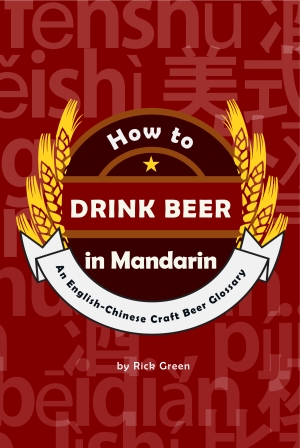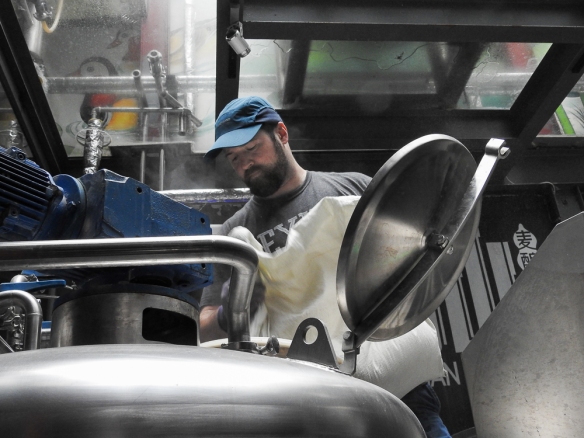Ask someone what is a Hefeweizen, IPA, or Pilsner, chances are they can give you an accurate enough description, since these are common beer styles stemming from long brewing traditions. Irish Stout, Flanders Red Ale, and Vienna Lager, for example, have distinct characteristics that are also based on well-established beer cultures. No matter where they are brewed—Cigar City Patio Tools Dry Irish Stout, Driftwood Brewery Bird of Prey Flanders Red, Slow Boat Endeavor Vienna Lager—they remain an Irish Stout, a Flanders Red Ale, and a Vienna Lager.
When it comes to Chinese beer, however, the answer isn’t so clear. Most people outside of Asia, when asked what is Chinese beer, will probably say, “Tsingtao”. This is likely due to the fact that in 70 countries and territories outside of China, every Chinese restaurant carries this beer. Although Tsingtao Lager is a Chinese brand of beer made in China, is the beer really Chinese? If beer has only to be made in China to be called, “Chinese”, then wouldn’t that also apply to Budweiser, Carlsberg, Pabst Blue Ribbon, and Goose Island?

 The second edition of my e-book, How to Drink Beer in Mandarin, is now available for download. It has been updated with new vocabulary to reflect contemporary brewing trends—such as “collaboration beer”, “hazy IPA”, and “kveik”—and with a revised list of Greater China craft breweries, including Hong Kong, Macau, and Taiwan. The supplemental material has also been edited to bring industry trends and travel tips up-to-date.
The second edition of my e-book, How to Drink Beer in Mandarin, is now available for download. It has been updated with new vocabulary to reflect contemporary brewing trends—such as “collaboration beer”, “hazy IPA”, and “kveik”—and with a revised list of Greater China craft breweries, including Hong Kong, Macau, and Taiwan. The supplemental material has also been edited to bring industry trends and travel tips up-to-date.